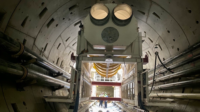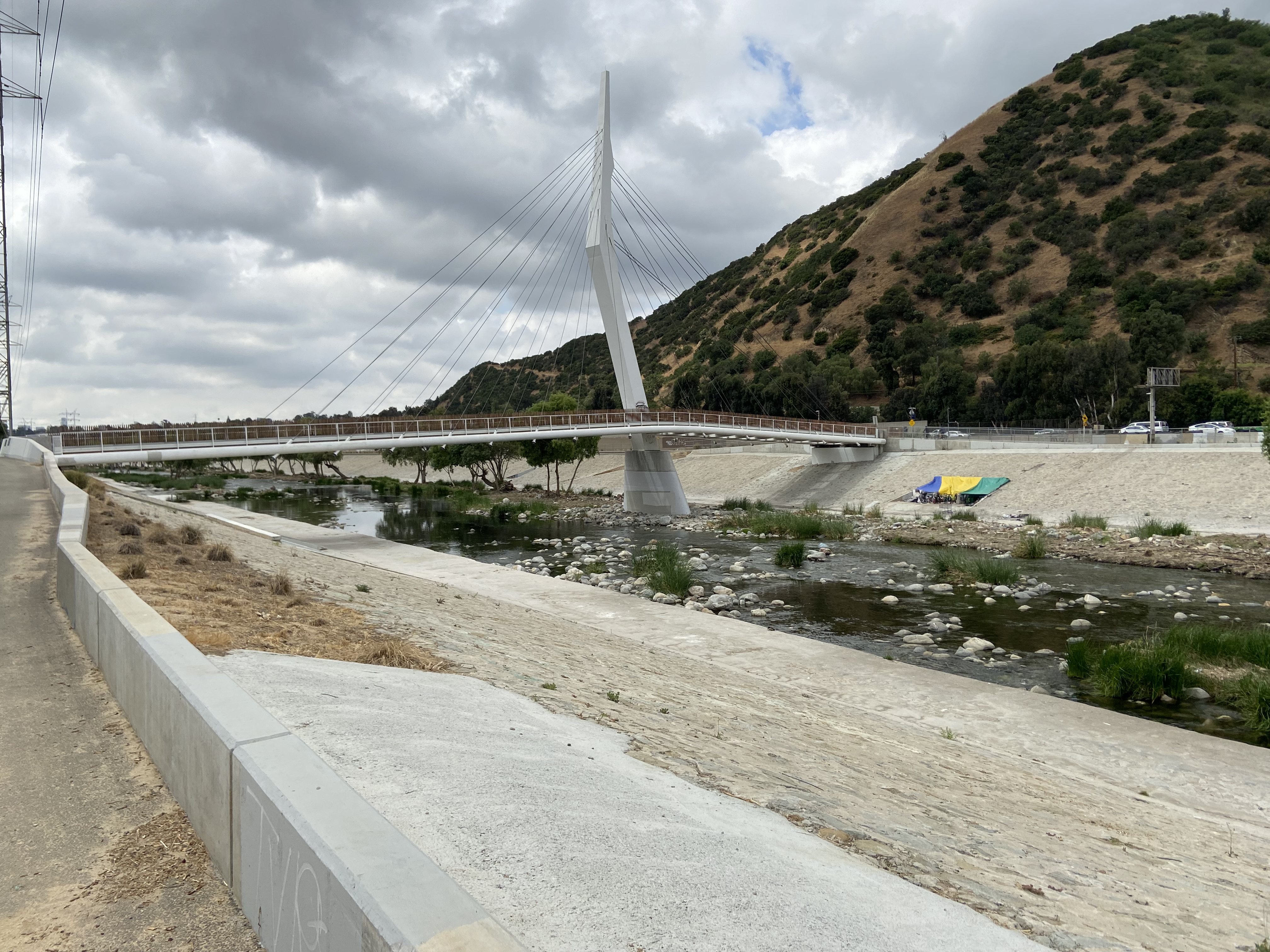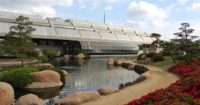The plan to recycle and purify Los Angeles' wastewater for reuse as drinking water through groundwater replenishment moves forward with the recent approval of $740 million worth of recycling facilities to be built over the next decade.
The Los Angeles Dept. of Water and Power (LADWP), in partnership with LA Sanitation and Environment, is implementing the Los Angeles Groundwater Replenishment Project to restore the San Fernando Basin with highly purified recycled water. Final approval to move forward was given by the city’s Board of Water and Power Commissioners in late October.
When completed, the project will purify 25 million gallons per day of treated tertiary wastewater and produce drinking water for over 250,000 customers, creating a new independent water supply to reduce the city’s reliance on imported water.
“This project is one of the key strategies to help reduce the purchase of imported water, increase our local water supplies and improve our water reliability,” says Anselmo Collins, senior assistant general manager at LADWP.
The project hinges on the construction of the Donald C. Tillman Water Reclamation Plant, located in the San Fernando Valley. The plant will include a mixture of operations, highlighted by the Donald C. Tillman Advanced Water Purification Facility and the Donald C. Tillman Advanced Water Equalization Basins, with both projects constructed by Jacobs. Construction on the plant is slated to begin by the end of this year with completion slated for December 2027, according to LADWP.
Both the purification facility and the equalization basins contracts were awarded to Jacobs as progressive design-build contracts, putting the firm in charge of design, permitting, construction, start-up and commissioning, supported by Kiewit as its lead contracting partner.
“Managing limited water resources is a critical focus for California communities and for Jacobs,” Greg Fischer, Jacobs vice president of design-build, operations management and facilities services, said in a statement.
In all, Jacobs is supporting contracts estimated at up to $740 million at the Tillman site as part of the effort, with the largest contract the $580-million purification facility. The equalization basins, which can hold up to 9.5 million gallons of water to help regulate variable flows to the larger facility, is priced at $110 million and there’s another $11 million set aside for a Japanese garden effluent bypass.
The city selected the progressive design-build delivery model to minimize cost, reduce risk, streamline construction and improve schedule performance, it said in a statement.
“For a project of this scale and complexity, the city wants to be involved from the start to finish and with progressive design-build we are able to do that,” Ryan Thiha, engineer with LA Sanitation and Environment and project manager, said previously. “We also want to be able to see what’s happening behind the scenes and make sure that there is a seamless transition from design to construction and there is no knowledge gap or downtime.”
The Water Cycle
The project features treating wastewater from the existing water reclamation plant in the Van Nuys neighborhood of Los Angeles using microfiltration, reverse osmosis and ultraviolet and advanced oxidation.
The facility will also feature electrical, maintenance and warehouse facilities to help produce and convey the purified water from Tillman 10 miles northeast to L.A. County’s Hansen Spreading Grounds. There the purified water will recharge the San Fernando Groundwater Basin and provide a new drought-resistant source of drinking water as it fills the groundwater aquifer. The water will then get delivered through taps into homes after additional testing and treatment.
The city has used recycled water for over 40 years. The new plant will be the third for the city and the largest, bigger than the 12 million gallons per day at the Terminal Island Water Reclamation Plant and the 1.5 million gallons per day at the Hyperion Water Reclamation Plant. This is the first facility in Los Angeles to use recycled water for in-home taps as drinking water.
The largest such project in the world has been in place in nearby Orange County for roughly 15 years, which takes highly treated wastewater that would have otherwise been discharged into the Pacific Ocean and purifies it in a three-step process to produce 130 million gallons of water per day for 1 million customers.
“Supporting wastewater recycling infrastructure at scale now would be a strategic investment to address immediate water supply challenges and offers long-term economic and water security benefits,” Nicolas Chow, a UCLA and Oxford University researcher, says in a report from UCLA that looked at the benefits of the project.
The project has received over $400 million in funding through local, state and federal programs, including the Environmental Protection Agency’s Water Infrastructure Finance and Innovation Act program.




